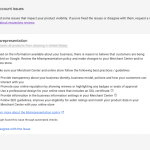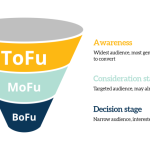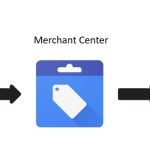Here at Starscape SEO, based out of Cambridge Ontario, we know that in the realm of Search Engine Optimization (SEO), staying ahead of the curve is paramount.
As search engines evolve, so do the strategies to ensure your content remains visible and relevant.
One of the most significant shifts in recent years has been the advent of semantic search and the integration of artificial intelligence (AI) into search algorithms.
Understanding and leveraging these technologies can be the key to unlocking better rankings and sustained organic traffic.
Understanding Semantic Search
Semantic search refers to the process of understanding the context and intent behind a user’s search query rather than simply matching keywords, also called “search intent”.
Traditional SEO focused heavily on keyword optimization, but semantic search takes it a step further by considering the user’s search history, location, and the relationship between words to deliver more relevant results.
For example, if someone searches for “best Italian restaurants,” semantic search algorithms analyze not just the keywords but also factors like the user’s location and previous search history to deliver personalized results that align with their intent.
This shift from keyword-centric to intent-centric search has profound implications for SEO strategies.
The Role of AI in Semantic Search
Artificial intelligence plays a central role in enabling semantic search capabilities.
Machine learning algorithms analyze vast amounts of data to understand patterns and relationships, allowing search engines to interpret complex queries and deliver more accurate results.
Google’s RankBrain is one such AI algorithm that uses machine learning to process and understand search queries.
It helps Google better interpret the meaning behind ambiguous or unique queries, improving the relevance of search results.
As RankBrain continues to learn and evolve, it reshapes the SEO landscape, emphasizing the importance of creating content that aligns with user intent rather than simply targeting specific keywords.
Optimizing for Semantic Search
To optimize for semantic search, businesses must focus on creating high-quality, contextually relevant content that addresses the needs and interests of their target audience.
Here are some strategies to consider:

Natural Language Content
Write content in natural, conversational language that aligns with how users search and speak.
Avoid keyword stuffing and prioritize clarity and readability.

Long-Tail Keywords
Instead of targeting generic keywords, focus on long-tail keywords that reflect specific user queries and intent.
These keywords are less competitive and often yield higher conversion rates.

Semantic Markup
Use schema markup to provide search engines with additional context about your content.
Schema markup helps search engines understand the meaning and relationship of different elements on your website, enhancing the visibility of your content in search results.

Optimize for Featured Snippets
Featured snippets are concise answers displayed at the top of search results.
Structure your content in a way that answers common questions related to your industry or niche to increase the likelihood of being featured.

User Experience
Prioritize user experience by optimizing your website for mobile devices, improving page speed, and providing valuable, engaging content.
Positive user signals, such as low bounce rates and longer dwell times, can positively impact your search rankings.
Looking to the Future
As AI continues to advance, the role of semantic search in SEO will only become more pronounced.
Businesses that embrace these technologies and adapt their SEO strategies accordingly will gain a competitive edge in the evolving digital landscape.
By understanding the principles of semantic search and leveraging AI-powered tools, businesses can enhance their online visibility, attract more qualified traffic, and ultimately achieve better rankings in search engine results pages (SERPs).
Stay tuned for more insights on how to navigate the ever-changing world of SEO and unlock the full potential of semantic search optimization.














